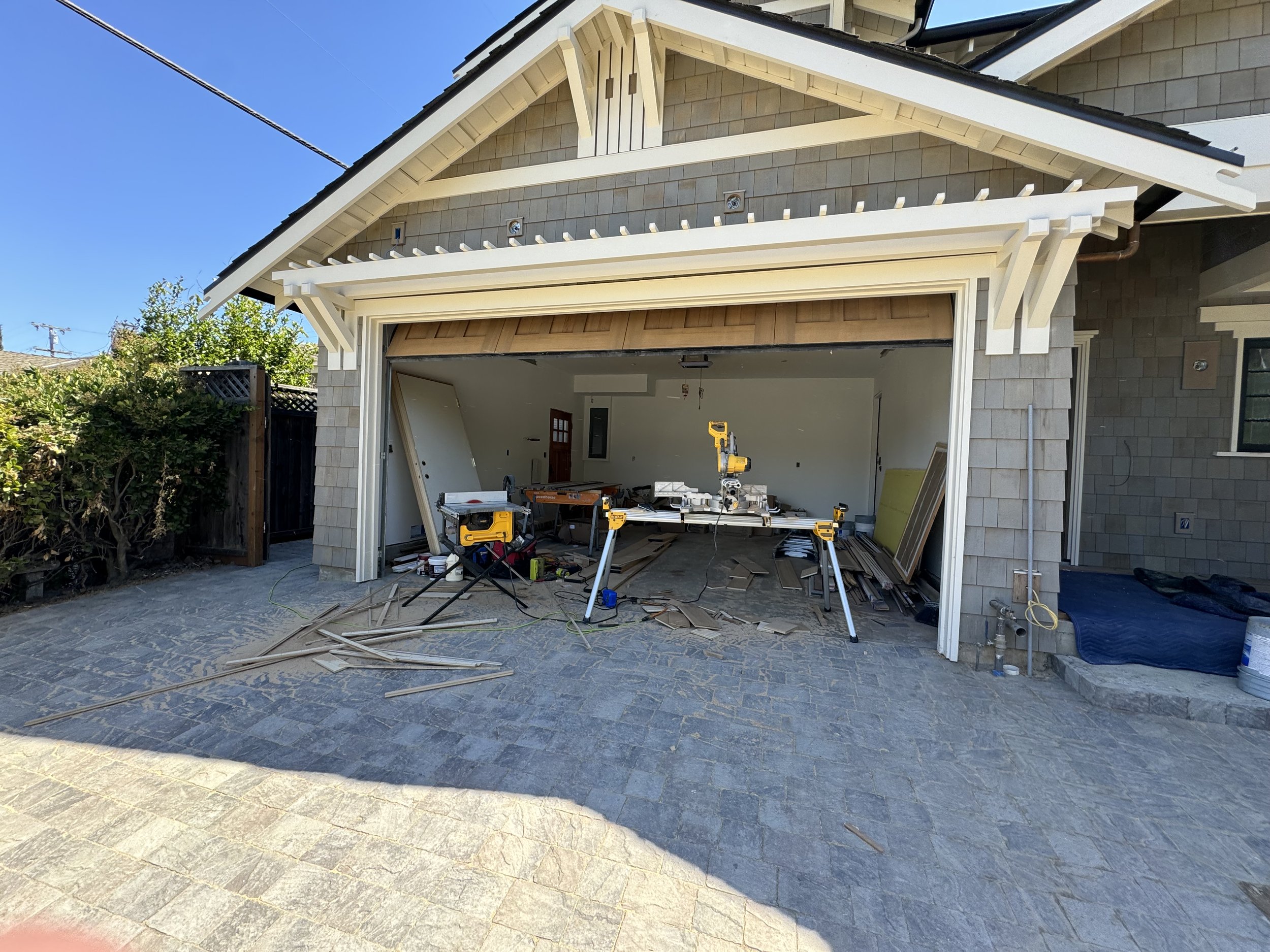Remodel Lesson #1: Not Every Architect Fits A Project
Our biggest lesson from this project is that you shouldn’t hire your architect first. If you are planning on running your remodel project yourself, because you either don’t want to hire a designer or are like me, and I know what I want. Then your gut instinct will be to jump the step in building a project team (architect, project manager, engineer, contractor) for your project. Don’t do that, you are shooting yourself in the foot. Communication is probably the number one priority when doing any level of remodel for a project. Yes there can be too much communication, but the majority of the time, when I hear others trials and tribulations in remodeling of homes, communication is what trips in the project timeline.
My first lesson for any home remodel project is to either find a designer or contractor first. Choosing either of these individuals will not only open up options, but aid you in keeping the communication between all parties of a project flowing. The last thing you need is a designer begging for updates from an engineer or a contractor waiting on an architect for an action item. The real reason is you need your contractor or designer to have a smooth relationship, so all the little details are addressed in a timely manner. You don’t want to start demo, and come to find out that their errors or go through the permitting process, and have to restart because of oversight of key portions of the submission.
Plus having these other parties apart of the design process can catch potential problems down the line and possibly open up a cost saving change, as simple as, don’t move your gas meter. (One of the biggest cost saving changes we made! Saved us almost $40K. Granted that savings was swallowed up by the easement release cost.) Working with others during this process will inspire you to find a new level of patience and how to listen and document more. I created a spreadsheet online to share with key people to not only documents details like door designs, but also the door hardware, paint v. stain and even door swing requests. This spread sheet was home to all of the orders I did for things like hardware, electrical, paint, molding, tile/stone, plumbing and the list goes on and on.
The spreadsheet also has a To Do List and a Punch List. The To Do List is used to document change requests for the project. It also is home to new requests for items being added on to the project. The Punch List is used to document things that need to repaired or changed because it was not done per the original request. This was just many ways to communicate with your project team. Making sure they are connected is very important. What you want to avoid is having one team member working twice as hard to get information or even get problems resolved. Having team members who are familiar with each other in this business environment will help not only your project but you as a peace of mind, you don’t have get involved.
Another lesson with this selection process, is once you choose your designer or contractor, don’t be afraid to tell them how you are feeling about a decision or if a vendor is not listening or responding to your requests. They’re job is to help you get through the project and get what you have asked or agreed to do on the project. There were times I took something the wrong way or I was not understanding the process that was being laid out for the project. Having open communication with your contractor especially is important. If notice something damaged or potentially could be a problem. Don’t be afraid to say something. Working with architects is a hard pill to swollen because what you say you want, is not always what ends up on paper. Don’t be afraid to stand in place when arguing to get a feature. That said, the architect or designer should have clear reasons why they say no, or keep changing something. The only reason I ever took a step back, was if it was due to budget or permitting issues.

